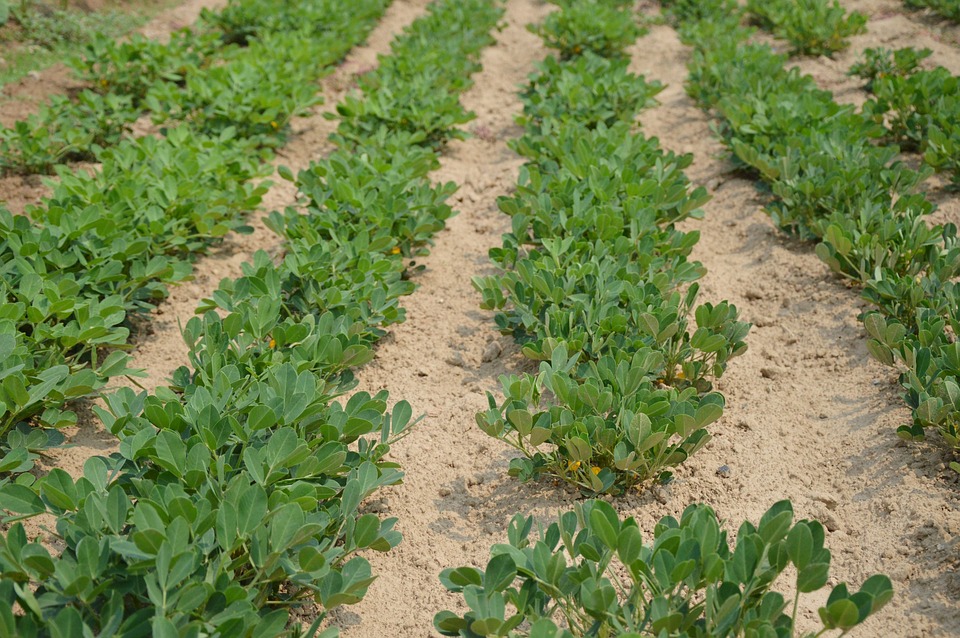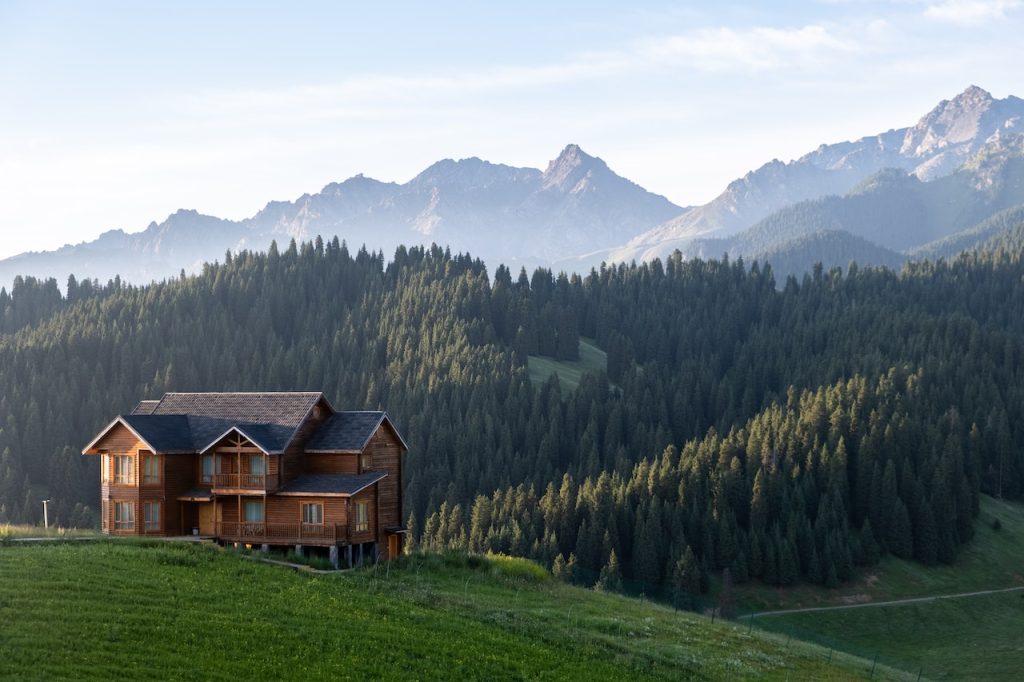Sustainable Farming: How Innovative Techniques are Saving the Environment
Living off the grid has always been a way of life for me. It wasn’t just a choice, but a necessity for my family. We’ve always been passionate about sustainable farming and gardening, and it’s been incredible to see how innovative techniques are not only helping us live off the land but also saving the environment. As someone who has experience in this lifestyle, I can tell you that there are so many incredible advancements happening in the world of sustainable farming. From vertical gardens to hydroponic systems, there are plenty of ways that we can work towards a more sustainable future.
One of the most exciting things about sustainable farming is the way that it’s revolutionizing our understanding of traditional agriculture. Gone are the days where we rely solely on large-scale, industrialized farming methods that damage the environment and deplete natural resources. Instead, many of us are turning to more innovative, sustainable techniques that have a significantly lower impact on the planet. From rooftop farms in urban areas to community gardens in suburban neighborhoods, people are finding creative ways to grow their own food and reduce their carbon footprint.
One of the most significant developments in sustainable farming has been the rise of vertical gardens. These innovative structures allow us to grow produce upwards instead of outwards, making the most of limited space and resources. Whether you’re living in a city apartment or a rural homestead, vertical gardens can be a game-changer when it comes to sustainable farming. These structures not only provide an efficient way to grow fresh fruits and vegetables, but they also help to insulate buildings, reduce energy consumption, and improve air quality.
Another trend that’s been gaining popularity in sustainable farming is the use of hydroponic systems. These soil-less growing techniques allow us to cultivate plants in a nutrient-rich water solution, without the need for traditional soil. Hydroponic systems are incredibly efficient and can be used in a variety of spaces, from small-scale home gardens to large-scale commercial operations. This method of farming also uses significantly less water than traditional agriculture, making it a more sustainable option for those in water-scarce areas.
In addition to vertical gardens and hydroponic systems, sustainable farming is also benefiting from the rise of permaculture. This holistic approach to agriculture focuses on designing and maintaining ecosystems that are self-sustaining and productive. By mimicking the natural patterns and relationships found in ecosystems, permaculture allows us to create food-producing landscapes that require minimal maintenance and inputs. This sustainable farming method not only benefits the environment but also allows us to grow a diverse range of crops in harmony with nature.
Pro Tips:
– Start small and gradually expand your sustainable farming efforts. It’s essential to be realistic about the time and energy you can commit to this lifestyle.
– Research and educate yourself on sustainable farming best practices. There are plenty of resources available online and in books to help you get started.
– Join a community of like-minded individuals. Whether it’s a local gardening club or an online forum, connecting with others who share your passion for sustainable farming can provide valuable support and advice.
It’s clear that sustainable farming is on the rise, and it’s an exciting time for those of us who are passionate about living off the grid. With innovative techniques like vertical gardens, hydroponic systems, and permaculture, we have more options than ever to grow our own food in a way that benefits the environment. As someone who has experienced the benefits of sustainable farming firsthand, I can’t wait to see the positive impact these techniques will have on our planet in the years to come.



